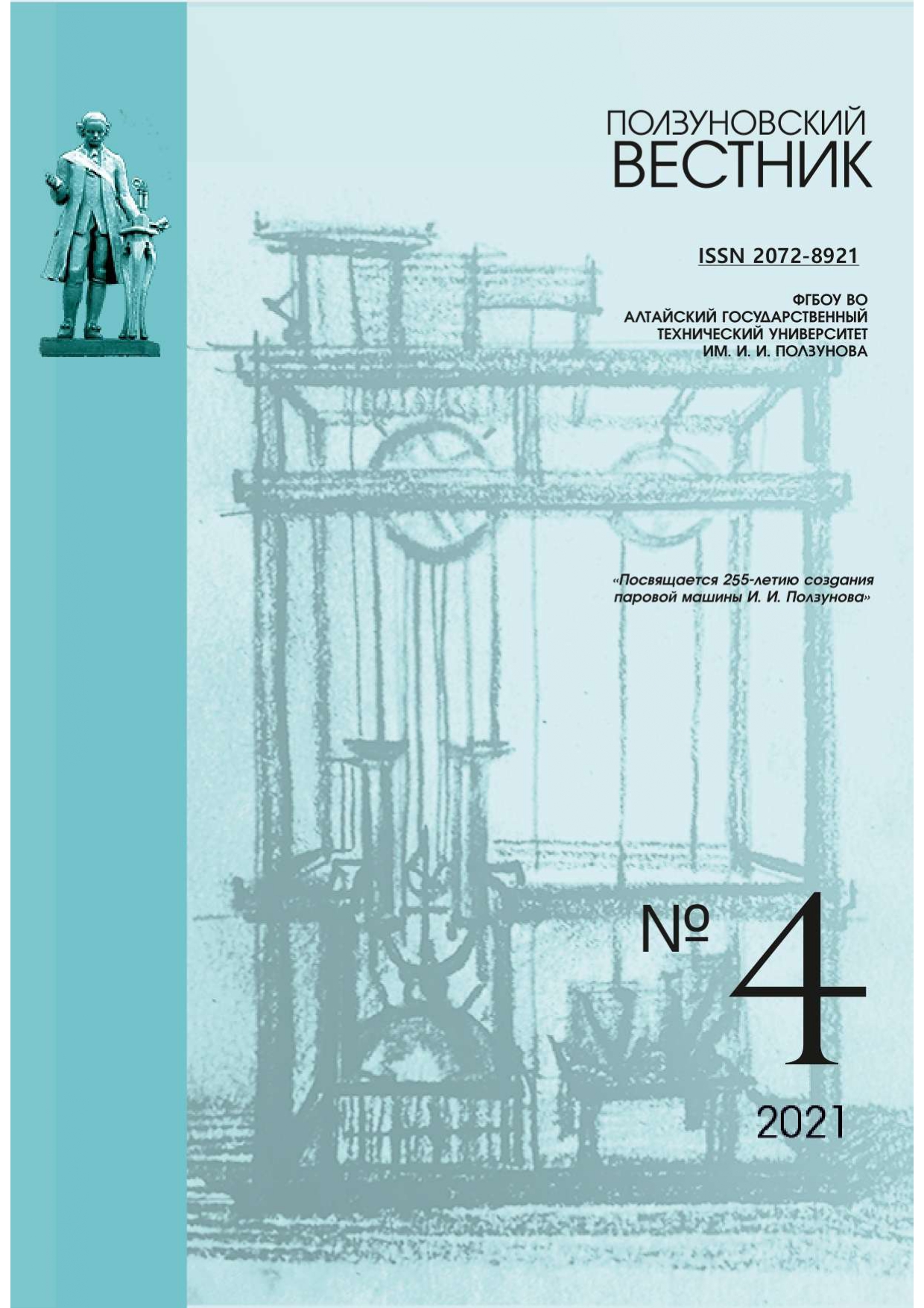DEVELOPMENT OF PRESCRIPTION COMPOSITIONS WITH A HIGH CONTENT OF DIETARY FIBER BASED ON BERRY AND VEGETABLE POMACE
doi 10.25712/ASTU.2072-8921.2021.04.003
Keywords:
berry squeezes, vegetable squeezes, modeling of the recipe composition, dietary fiberAbstract
Industrial processing of vegetable raw materials entails the formation of a large number of secondary resources, which are currently not always effectively used. The production of juices and beverages occupies an important place in the processing of fruit and berry and vegetable raw materials. Juices from fruits and vegetables are obtained by mechanical action and canning. In the production of juices, water-soluble elements (vitamins, sugar, organic acids, etc. d.) almost completely pass into juice, and insoluble elements (dietary fiber, some minerals, pectin substances, carotenoids, lipids, etc.) for the most part remain in the pomace. Thus, pomace is a natural by-product with a high content of biologically active substances. Berry and vegetable pomace are primarily a source of dietary fiber - components that are most resistant to all types of processing - mechanical (juice extraction), thermal (drying). Despite this, their use for food fortification is limited. This article presents the results of modeling the berry-vegetable composition based on lingonberry and pumpkin pomace in order to achieve the highest possible correlation between organoleptic parameters and the content of dietary fiber.
Downloads
Published
How to Cite
Issue
Section
License
Copyright (c) 2021 Larisa G. Yermosh, Konstantin A. Fadeev, Natalia V. Prisukhina

This work is licensed under a Creative Commons Attribution 4.0 International License.















 .
. This work is licensed under a
This work is licensed under a 
